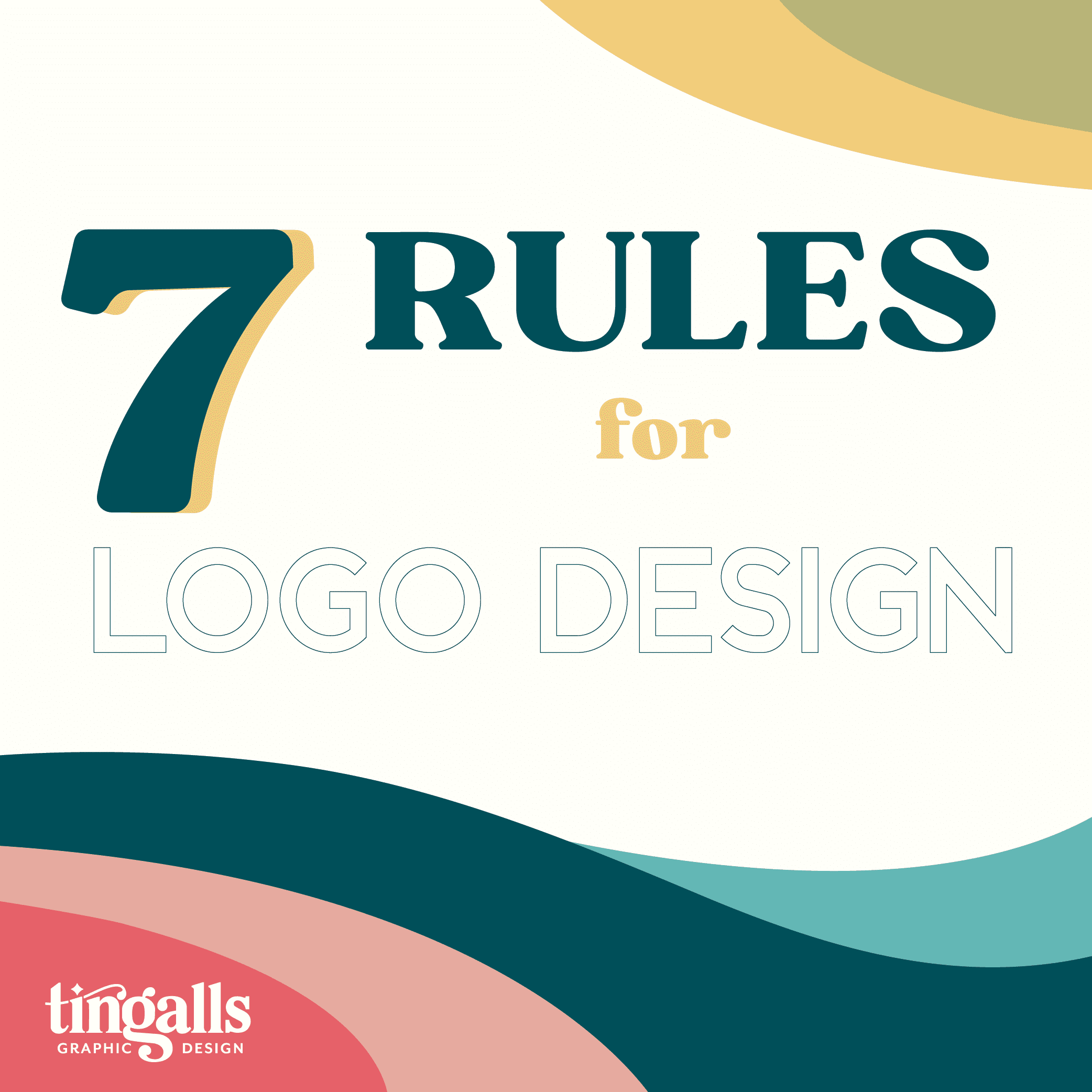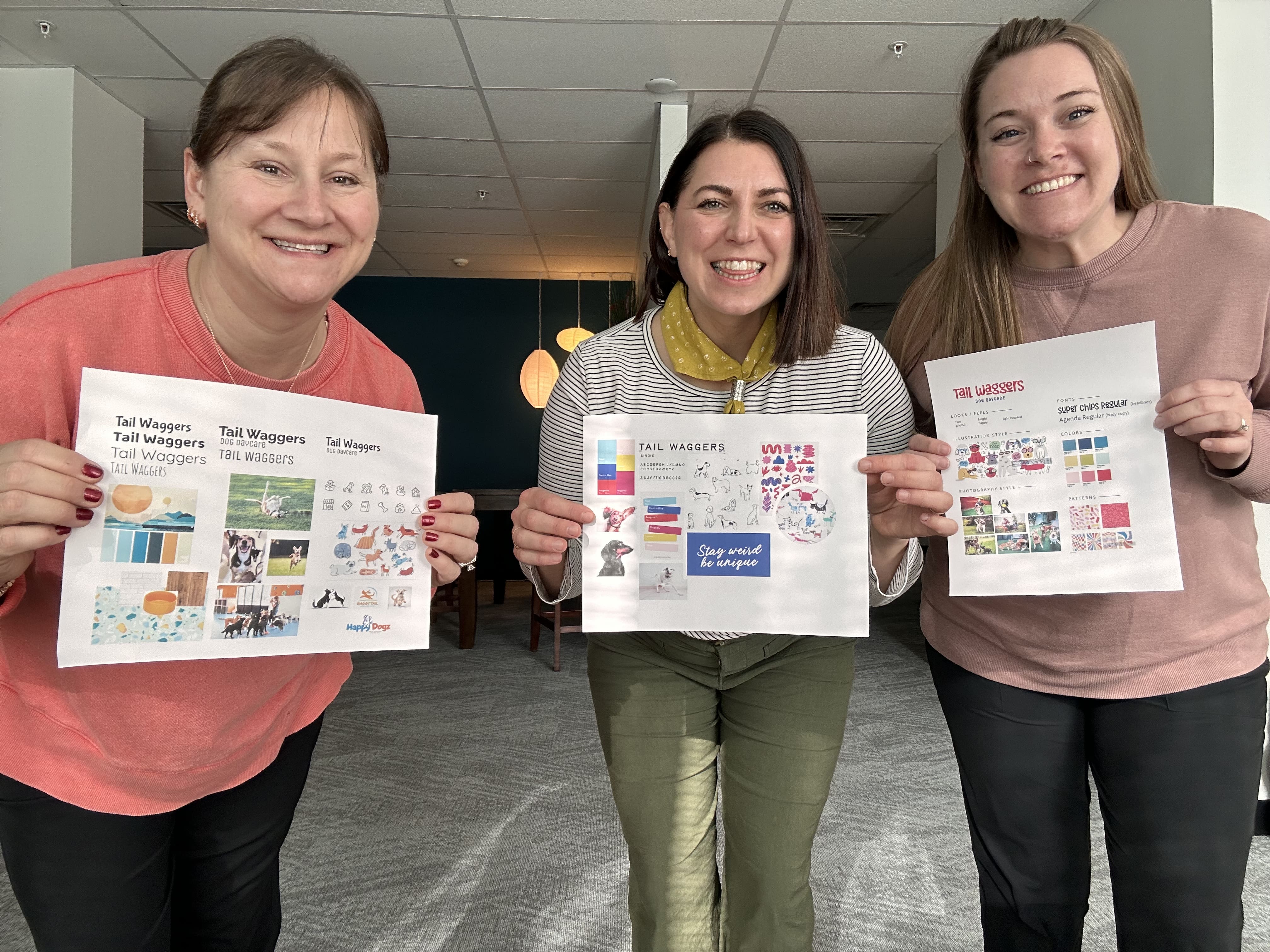Is Your Website Design Aimed at High-Context or Low-context Customers?
 The answer to this question can be a deciding factor in whether your website design is creating raving fans, or increasing your website’s bounce rate (the amount of people that leave your site in under 30 seconds).
The answer to this question can be a deciding factor in whether your website design is creating raving fans, or increasing your website’s bounce rate (the amount of people that leave your site in under 30 seconds).
The theory of high-context and low-context cultures is a concept that was coined by Edward Hall in his 1976 book Beyond Culture. Now you might be thinking, back in 1976 there weren’t even personal computers, let alone an Internet, so how can an almost 40-year-old book have any relevance when it comes to websites?
Good question. The answer lies in the underlying principals of Hall’s theory, which supposes that the culture of a country, group or customer demographic may need to dictate what type content we present to them — either in print or on the web.
High-context & Low-context Culture Defined
High-context and low-context culture refers to the tendency of a group to communicate with high-context messages or low-context messages in routine interactions. Without getting too complicated, this translates into customers that either like to communicate with inference (high context) or in a more obvious way (low context).
High-context communication is typically short form, with concepts being implied. Low-context communication typically translates into long-form content because everything needs to be spelled out.
Here are three of Hall’s concepts to keep in mind when designing, or refreshing, your website. Of course, you’ll first need to discern what culture your customer demographic falls under before you can make effective changes.
TRANSPARENCY
The “transparency” of a website design is defined by how easy it is to find information. Low-context markets expect the content to be obvious, with comprehensive links, menus and text that are predictably placed and easy to understand. High-context markets prefer more experimental website design that’s not status quo. This is not a call to action to make your website incredibly boring, or way out there. But it is something to keep in mind when designing the nuts and bolts of your site, as well as the overall aesthetic. At Tingalls Graphic Design, we work with our customers to define what their site should look like, and how it should function. Our goal is to represent the personality and uniqueness of each business, while catering to their customer’s needs and preferences.
SITE NAVIGATION
Just like with transparency, high-context cultures are receptive to illustrations and links that are more creative, while low-context cultures want site navigation to be straightforward and functional. We believe that site navigation should always be clear and simple to use (we don’t know anybody that likes vague navigation). Where we get creative is in how the navigation presented to the viewer.
COLOR
Even color plays a role in high- and low-context cultures. Low-context groups typically respond to neutral colors, while high-context groups prefer more pop in a website’s color palette. This is interesting because there has been a big trend toward minimalism in the world of website design, and with it has come a broader use of neutral colors — even in creative designs.
Although we think Hall’s theory can be useful, it’s only one factor we consider when working with our customers. Every company and every project is unique, and there are many factors to take into account when creating a website.
Need assistance with your website design?
Contact Tingalls Graphic Design anytime to set up a free consultation to discuss how we can help!



